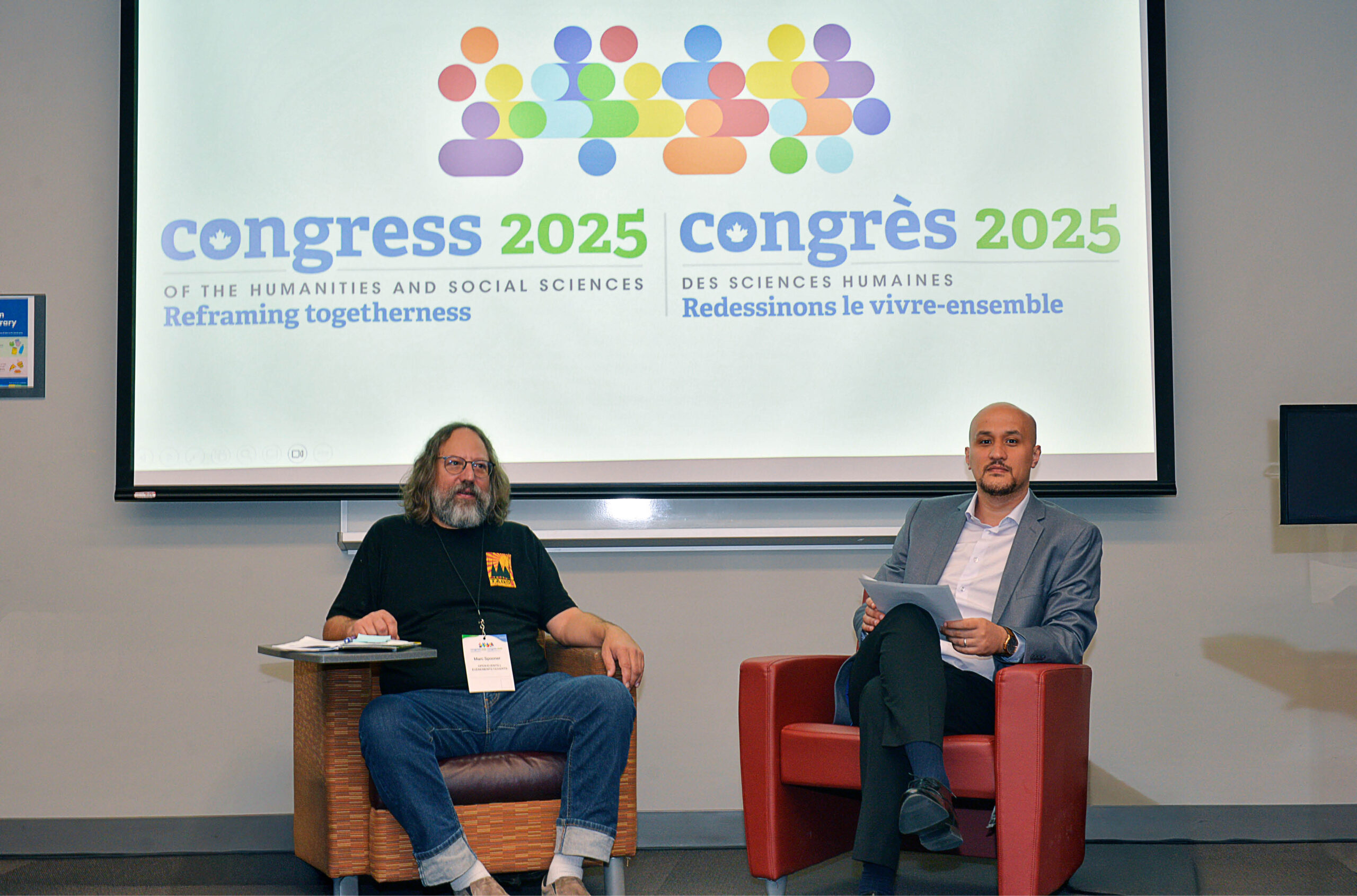Inclusion is not a passing trend
Senior administrators and university boards need to do a better job setting up Black leaders for success.

The Black university leader arrives at convocation to be robed, and it is assumed by staff that they are a student who has lost their way.
The Black academic walks into a conference room, and a fellow presenter mistakes them for the support staff.
These stories are, unfortunately, true and typical experiences on Canadian university campuses in 2024.
It has been nearly five years since the murder of George Floyd and the flurry of activity at Canadian universities that ensued: supporting, elevating and celebrating Black leaders, professors, students, staff and alums. As we approach the fifth anniversary of this tragic event, and it has become apparent that all of the steps being taken by institutions were being done for both right and wrong reasons. Some of the efforts were short-lived and largely performative. Others were not. While this moment created important momentum and action, some universities have forgotten the why of their actions.
The U.S. named their first Black university president, Martin Henry Freeman, in 1856. Canada did the same thing in 2014 when Brandon University chose Gervan Fearon as its leader. The U.S. counts 13.6 per cent of their university presidents as Black, which is closely in line with their population breakdown. In Canada, the number of Black university presidents currently sits at one per cent, significantly lower than the total Black population of 4.3 per cent. Canada currently has approximately 12 per cent of racialized presidents in Canada, compared to one-quarter of our population.
Currently, Canada has one Black university president: Rhonda McEwen, president and vice-chancellor of the Victoria University, which is federated with the University of Toronto. She has successfully led the institution for the past two years. Dr. Fearon successfully led Brandon for three years and then Brock University for four before becoming president of George Brown College. In early 2025, the Canadian university community will welcome Wisdom Tettey as the president of Carleton University.
However, there is not one Black university president in Canada who has completed a full five-year term at a Canadian university.
While women still experience a glass ceiling in Canadian universities, representing under 30 per cent of presidential roles and primarily at smaller institutions, the term used to describe the reality for Black women is the concrete ceiling.
Black women, in particular, face misogynoir: discrimination caused by the intersection of racism and sexism. Coined by Moya Bailey, the term misogynoir highlights the fact that Black women regularly face multiple and compounding experiences of stereotyping and discrimination; tropes such as the “angry Black woman.”
KPMG’s recently released research of 1,000 Canadian professionals who identify as Black found that in the past year alone, 81 per cent endured some form of racism or microaggression in their workplace. We also know workplace racism intersects with gender, as this research found the number of Black Canadian women experiencing some form of workplace racism or discrimination climbed 10 percentage points from a year ago (versus seven per cent for Black men).
Because so many marginalized racial and ethnic employees are experiencing racism at work, they come to expect it. This expectation is called the “emotional tax” – the experience of being on guard against bias related to race or ethnicity.
To advance equity, diversity, and inclusion, university senior leadership teams and boards must be intentional and strategic and consider how their organizational readiness, recruitment, retention and succession planning strategies and processes need to set up Black leaders for success. They need to proactively provide organizational support for leaders in senior executive roles when they are elevated during times of crisis. In addition, they must create a diverse leadership pipeline by identifying and promoting people from marginalized groups, eliminating bias in talent recruitment, embedding inclusive leadership values and practices throughout the organization and creating a culture of inclusion where everyone thrives.
Leadership matters. The tone and practices from the top, including modelling inclusive governance and leadership. Research shows that positive perceptions around antiracism leader efforts and organizational policies correlate directly to fewer incidences of racial and ethnic harassment and discrimination.
This fall is a perfect time for your board and leadership team to renew your institution’s equity, diversity and inclusion strategy. Good intentions are insufficient to ensure the representation the Canadian university sector deserves. Representation of Black leaders in the university sector is not a passing trend. How is your university faring?
Malinda Smith is the inaugural vice-provost of equity, diversity and inclusion as well as the associate vice-president, research and professor of political science at the University of Calgary. Julie Cafley is the executive director of Catalyst Canada, a global non-profit organization that advances gender equity through workplace inclusion.
Featured Jobs
- Business – Lecturer or Assistant Professor, 2-year term (Strategic Management) McMaster University
- Computer Science - Assistant Professor (Cybersecurity)University of Regina
- Education - (2) Assistant or Associate Professors, Teaching Scholars (Educational Leadership)Western University
- Computer Science - Assistant Professor (Master of Data Analytics)University of Niagara Falls Canada
- Veterinary Medicine - Faculty Position (Large Animal Internal Medicine) University of Saskatchewan















Post a comment
University Affairs moderates all comments according to the following guidelines. If approved, comments generally appear within one business day. We may republish particularly insightful remarks in our print edition or elsewhere.
4 Comments
This is a fantastic article. There is so much more work to do in the Academy, and Equity Leadership is such an important topic.
Once it is seen as a vehicle to downplay class (by prioritizing race, sex, and gender), as a vehicle for identity will to power to the detriment of academic quality and merit, and, indeed, as a threat to core academic epistemic norms, “inclusion” won’t simply be a passing fad but rather condemned as totalitarian claptrap.
Professor Mike MacNair has done fine work tracing the genealogy of your ideology. It is not flattering. See his article entitled “Intersectionalism, the Highest Stage of Western Stalinism?” 46(4) Journal of Socialist Theory 541-558 (2018).
Mandatory reading.
Thank you very much for your thoughtful article.
For the purpose of assessing Canada’s race relations, it might be more helpful to compare Canada to other Commonwealth countries. Our history as a colony, dominion and then independent Constitutional Monarchy is about our nation’s relationship to Great Britain, early participation in the First and Second World Wars (the United States joined both wars later), and a coming of age that was spurred by Quebec separatism.
Many Blacks came and are coming to Canada because of a Commonwealth relationship and through immigration. Many Blacks went to the United States involuntarily through slavery. The consequences and, therefore, issue of social class are different.
Canada is different from the United States in many other important ways including with respect to legislation about gun ownership, capital punishment, abortion, publicly-funded healthcare, among many other matters. It is important to explain why the United States ought to be used as a comparator rather than, for example, Australia and New Zealand, whose histories are more like Canada’s history.
Could agree more John Clayton! We now focus on everything but class (I wonder who benefits here…)